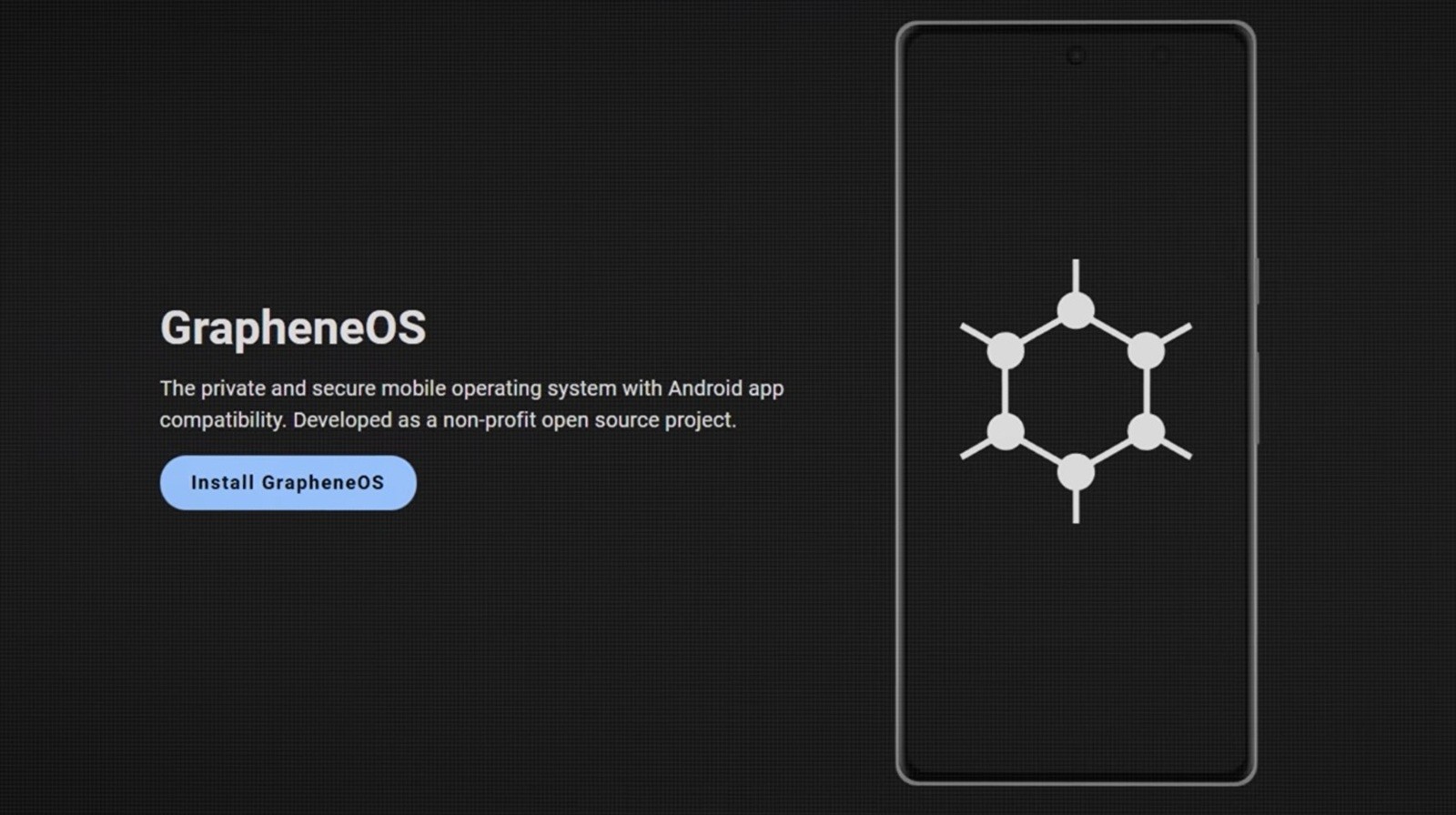For years, GrapheneOS has been closely associated with Google Pixel hardware, but that exclusivity is officially coming to an end. In a revealing discussion with David Bombal, the GrapheneOS team confirmed they are actively working with a “top-tier Android OEM” to bring their hardened operating system to non-Google flagship devices. While the identity of the manufacturer remains under wraps, the timeline for this expansion is becoming clearer, with MetroPlex, a community manager representing GrapheneOS across all social platforms, estimating the first supported devices could arrive in “Q4 2026, if not into 2027.”
This development marks a significant pivot for the project, which has historically been bound to Pixel devices due to their unique security features. MetroPlex noted that they are working with this new partner to bring a subset of their flagship devices up to the necessary hardware standards, ensuring they offer the same full firmware support for alternative operating systems that Pixels currently provide. This partnership also grants the GrapheneOS team access to security updates well in advance instead of relying on Google, allowing them to prepare patches before they are publicly released to the Android Open Source Project (AOSP).
The interview also touched on the immediate future of GrapheneOS support, specifically regarding the upcoming Pixel 10. While the team confirmed that the Pixel 10 will eventually be supported, early adopters should expect a delay. The hurdle stems from Google’s release schedule; the Pixel 10 launched with a software build (Android 16 QPR1) that Google had not yet pushed to the public AOSP repositories (but has since done so). MetroPlex explained that due to anti-rollback protections, they cannot port the OS to the new device until Google synchronizes the open-source code.
These delays highlight a broader friction point mentioned during the interview: a shift in Google’s priorities. MetroPlex observed that the “business arm” of Google appears to be prioritizing Original Equipment Manufacturers (OEMs) and Google Mobile Services (GMS) licensing over the timely release of code to the open-source community. He pointed out that, although they have an agreement that grants them access to security patches months in advance, these updates are often embargoed.
This forces the team to maintain two separate builds. One private build containing the latest protections and one public build that complies with open-source embargo rules. Despite these bureaucratic hurdles and the shifting landscape of Android development, the project remains confident in its ability to support future hardware, ensuring that privacy-conscious users will soon have high-end choices beyond the Google Pixel ecosystem.


